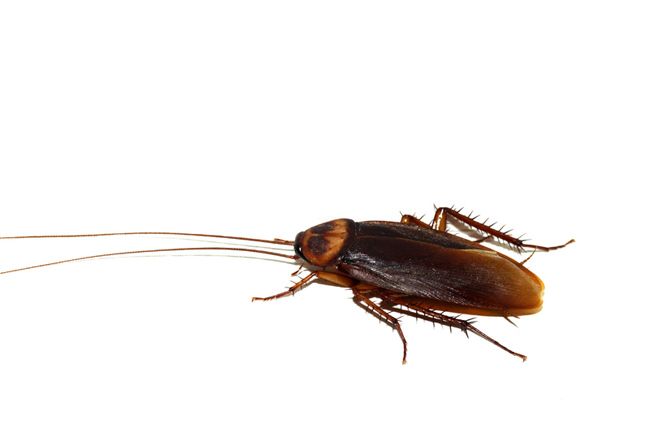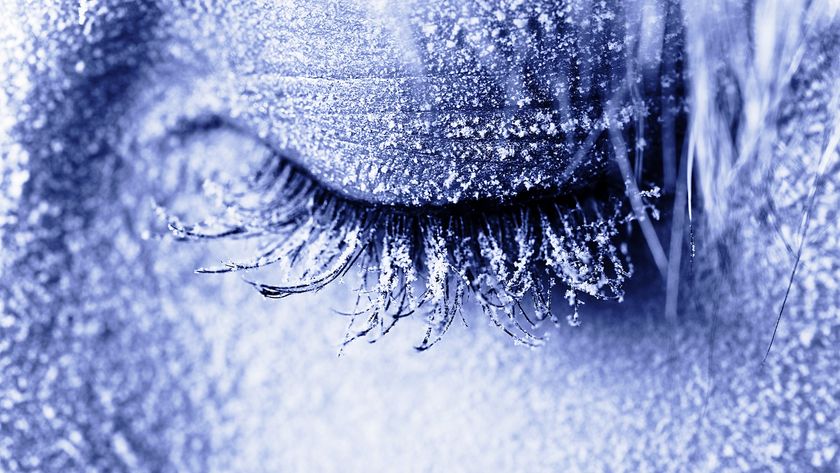Smell of Death Is Ancient

A new study of cockroaches and other creatures finds the smell of death goes way back.
Insects and other animals are known to use a range of chemical odors to communicate. The death smell, released by cells of a deceased creature, is thought to serve as a warning of possible disease or that a predator might be nearby, the researchers explain.
Dead ants no longer smell like live ants, for example, and the result is they get carried out of the nest, a study earlier this year found. A study presented at an American Chemical Society meeting last month suggests high-tech monitoring of chemical odors could help investigators find decomposing bodies at crime scenes or natural disasters.
When a cockroach finds a nice cockroachey place it marks the site with pheromones that attract comrades. In the new study, aimed at identifying the precise chemicals involved, researchers extracted body juices from dead cockroaches. When these juices were spread around, the result was unexpected.
"It was amazing to find that the cockroaches avoided places treated with these extracts like the plague," said David Rollo, professor of biology at McMaster University. "Naturally, we wanted to identify what chemical was making them all go away."
The chemical turned out to involve fatty acids that are also found in the death stench of insects ranging from ants and caterpillars to woodlice and pill bugs, plus crustaceans related to crayfish and lobsters.
Because insects and crustaceans diverged more than 400 million years ago, it is likely that most subsequent species recognize their dead in a similar way, the researchers figure. They argue that the origin of these signals was likely even older, having started in aquatic environments given that few crustaceans are terrestrial.
Sign up for the Live Science daily newsletter now
Get the world’s most fascinating discoveries delivered straight to your inbox.
"Fatty acids — oleic or linoleic acids — are reliably and quickly released from the cells following death," Rollo and colleagues said in a statement.
"Recognizing and avoiding the dead could reduce the chances of catching the disease, or allow you to get away with just enough exposure to activate your immunity," Rollo said. Or, release of fatty acids from dismembered body parts could provide a strong warning that a nasty predator was nearby, he added.
The findings were detailed in the journal Evolutionary Biology.
- Secret Insect Defenses
- The Truth About Cockroaches
- More Bug News
Robert is an independent health and science journalist and writer based in Phoenix, Arizona. He is a former editor-in-chief of Live Science with over 20 years of experience as a reporter and editor. He has worked on websites such as Space.com and Tom's Guide, and is a contributor on Medium, covering how we age and how to optimize the mind and body through time. He has a journalism degree from Humboldt State University in California.












